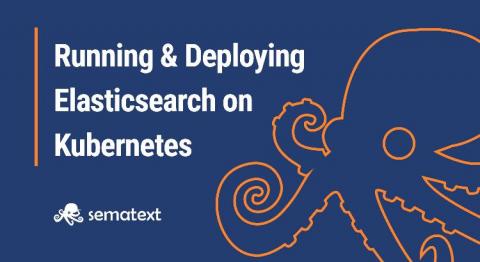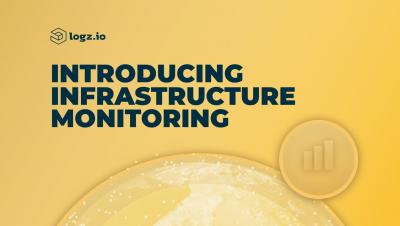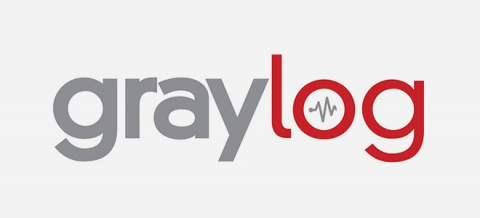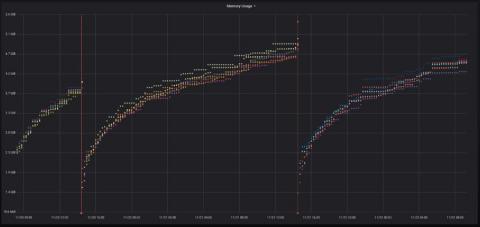Running and Deploying Elasticsearch on Kubernetes
Big data, AI, machine learning, and numerous others are all buzzwords we seem to throw around lightly in recent years. Even though they are hugely different from one another, they all have one thing in common. Data! Huge amounts of data that need to be managed. The downside of that is that the more data you have the more of a headache it is to store, query, and make sense of.








